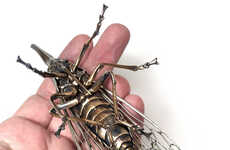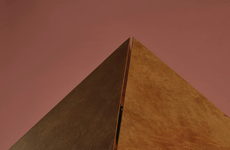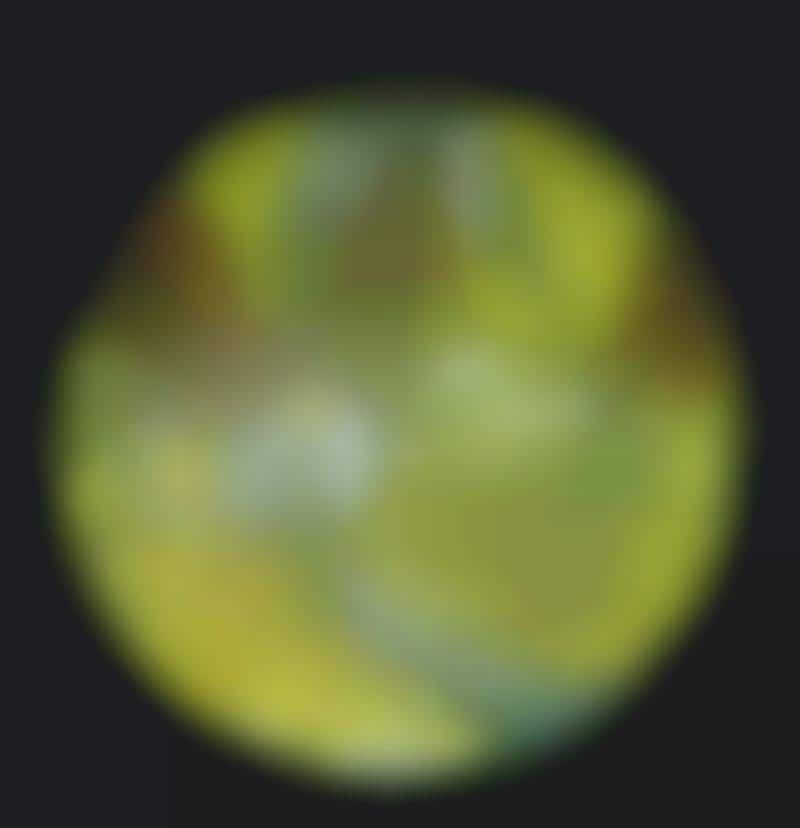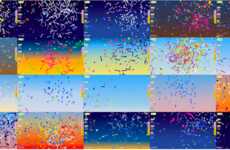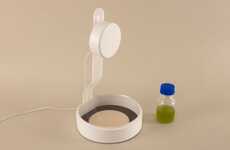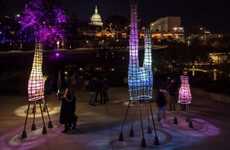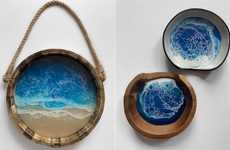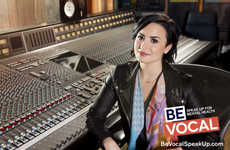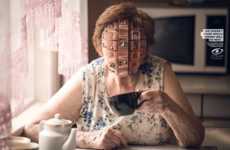
These Bacterial Art Pieces Were Created Using Living Microorganisms
David Ingram — October 6, 2015 — Tech
References: asm.org & hyperallergic
The American Society for Microbiology has challenged its members to create these unique petri dish art pieces that use actual living organisms as an artistic tool.
The first 'Agar Art' contest held by the ASM featured cell colonies of micro bacteria used to create highly detailed patterns, colors and portraits. Although the material found in many of these petri dish art pieces could make the typical person a bit squeamish, for many members of the ASM it's just business as usual.
Some standout pieces submitted include a homage to Vincent Van Gogh's 'Starry Night' made from infection-causing bacteria, a portrait of French chemist and microbiologist Louis Pasteur made from dark violet bacterium and a glowing recreation of the streets of Manhattan made from genetically engineered bacteria modified with a special fluorescent protein.
The first 'Agar Art' contest held by the ASM featured cell colonies of micro bacteria used to create highly detailed patterns, colors and portraits. Although the material found in many of these petri dish art pieces could make the typical person a bit squeamish, for many members of the ASM it's just business as usual.
Some standout pieces submitted include a homage to Vincent Van Gogh's 'Starry Night' made from infection-causing bacteria, a portrait of French chemist and microbiologist Louis Pasteur made from dark violet bacterium and a glowing recreation of the streets of Manhattan made from genetically engineered bacteria modified with a special fluorescent protein.
Trend Themes
1. Agar Art - Using living microorganisms to create intricate patterns and designs in petri dishes, opening up opportunities for unique artistic expressions.
2. Biogenic Art - Exploring the creative potential of living organisms in art, merging science and aesthetics to create visually stunning and thought-provoking pieces.
3. Microbial Portraits - Using bacterial colonies to recreate famous paintings and portraits, showcasing the unconventional medium of microorganisms in the art world.
Industry Implications
1. Art and Design - Incorporating living microorganisms in art exhibits, galleries, and installations, pushing the boundaries of traditional artistic practices.
2. Microbiology and Biotechnology - Harnessing the creative potential of microorganisms to develop new applications, such as personalized medicine, biofabrication, and environmental remediation.
3. Science Communication - Using microbial art as a tool to engage and educate the public about microbiology, showcasing the beauty and diversity of the microbial world.
6.7
Score
Popularity
Activity
Freshness


